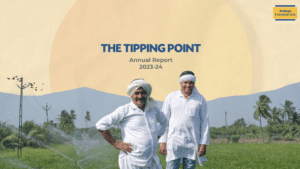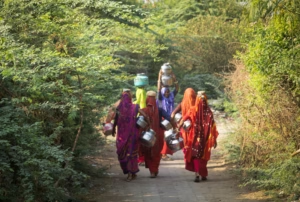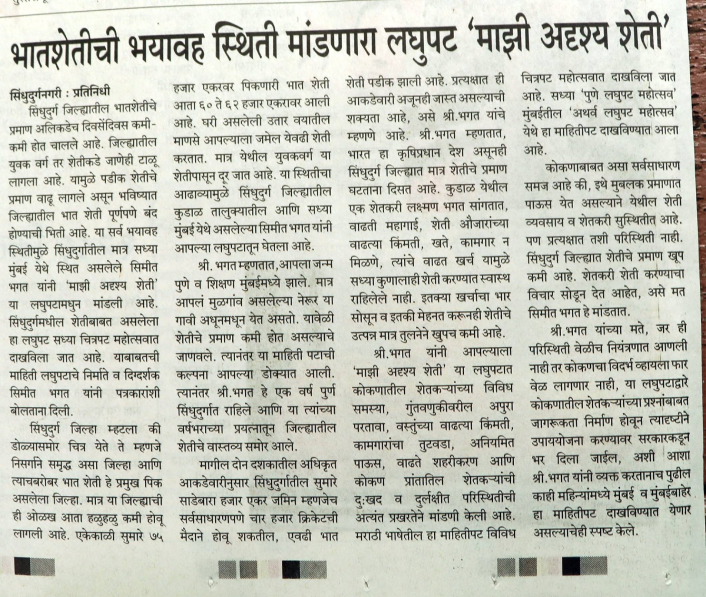There’s something about Assam that stays with you. Maybe it’s the early morning haze over the fields, or the calm resilience in people’s faces. When we arrived there to film with Sanjog, a grassroots organisation in Assam focused on rural livelihoods and climate-resilient farming, we weren’t just capturing a project. We were stepping into lives shaped by years of conflict and quiet rebuilding.
The area we visited had lived through long stretches of unrest. Once known for tension and displacement, it now pulses with a slow but steady sense of purpose. We met women weaving Eri silk using solar power, farmers growing Bhut Jolokia under protective shelters, and mushroom cultivators who began with just one cylinder and now work together in groups. What moved us most wasn’t just the change but the grit it took to make it happen.
Behind the Camera: Working with Real Stories
But filming in Assam came with its own set of challenges. One of the first hurdles we faced was on-camera confidence. Many of Sanjog’s beneficiaries we interviewed weren’t used to speaking into a lens. Their stories were rich, but nerves often got the better of words.
One of the first hurdles we faced was on-camera confidence.
In Assam, we adapted on the go. We slowed down. The team worked closely with Sanjog’s field staff to identify individuals who were comfortable sharing—and eventually, those hesitant voices found their rhythm too.
Faces and Voices of Change
Each conversation unfolded like a thread, weaving together something bigger.
In Baksa district, we met Dular Indowar, who spoke candidly about her journey with mushroom farming. Then there was Pokhila Boro, a banking correspondent whose centre now runs on solar power an upgrade that doubled her monthly income. And Sukreswar Brahma, whose chilli plants helped him earn more than he had imagined possible a few years ago.
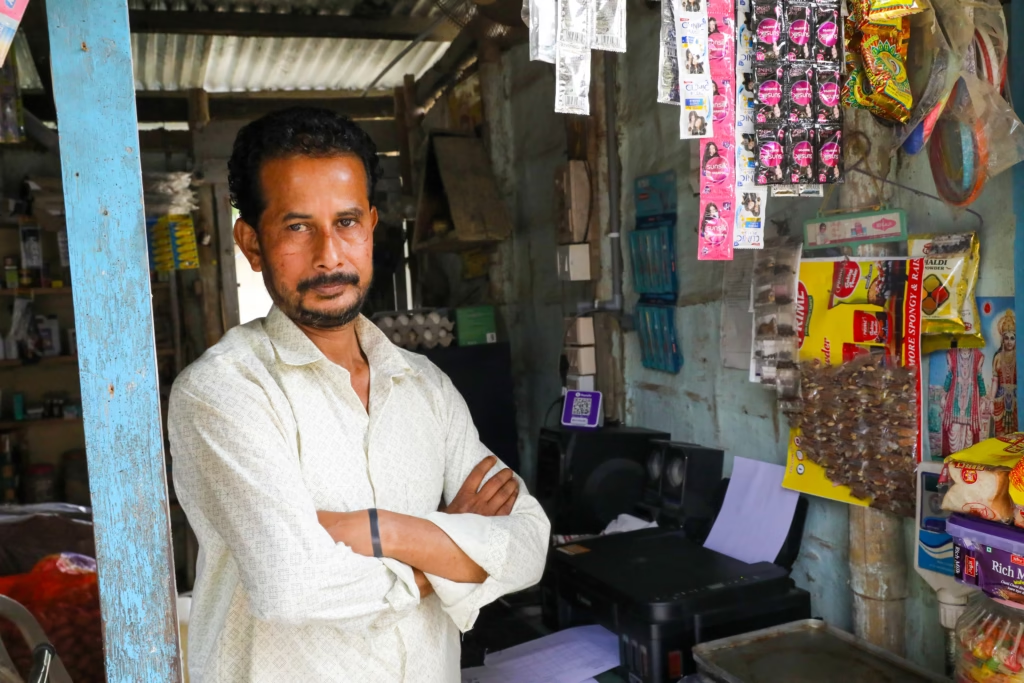
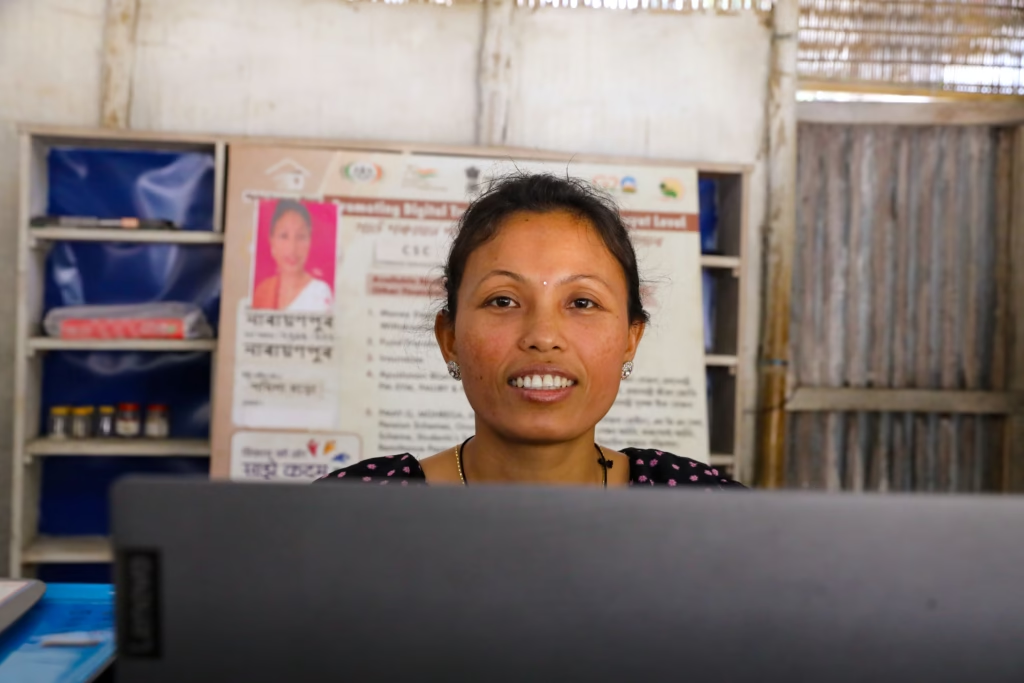
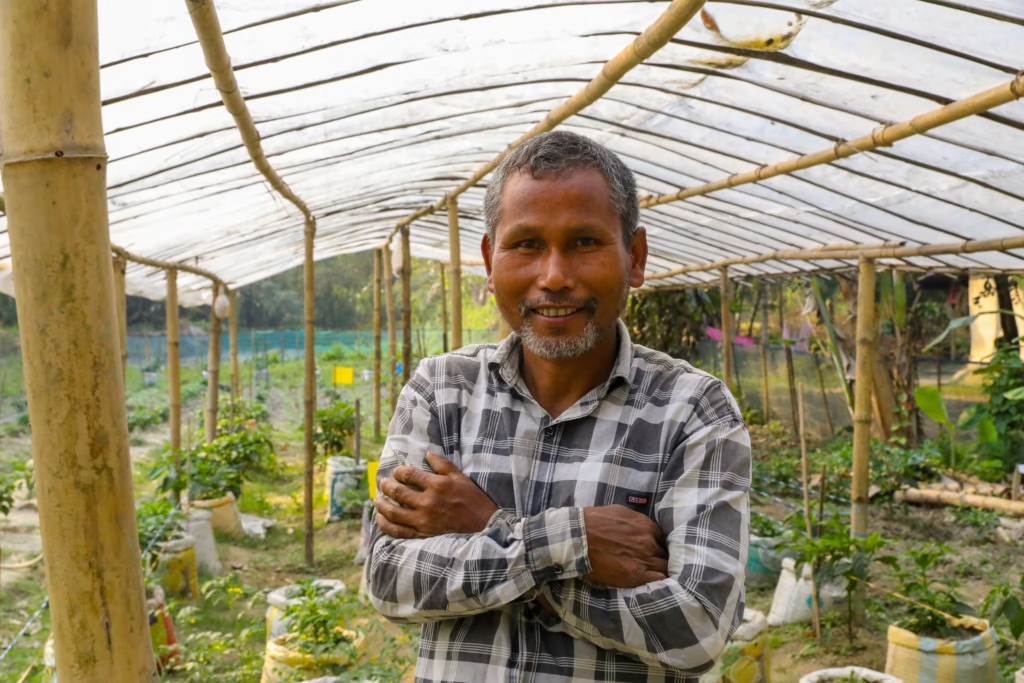
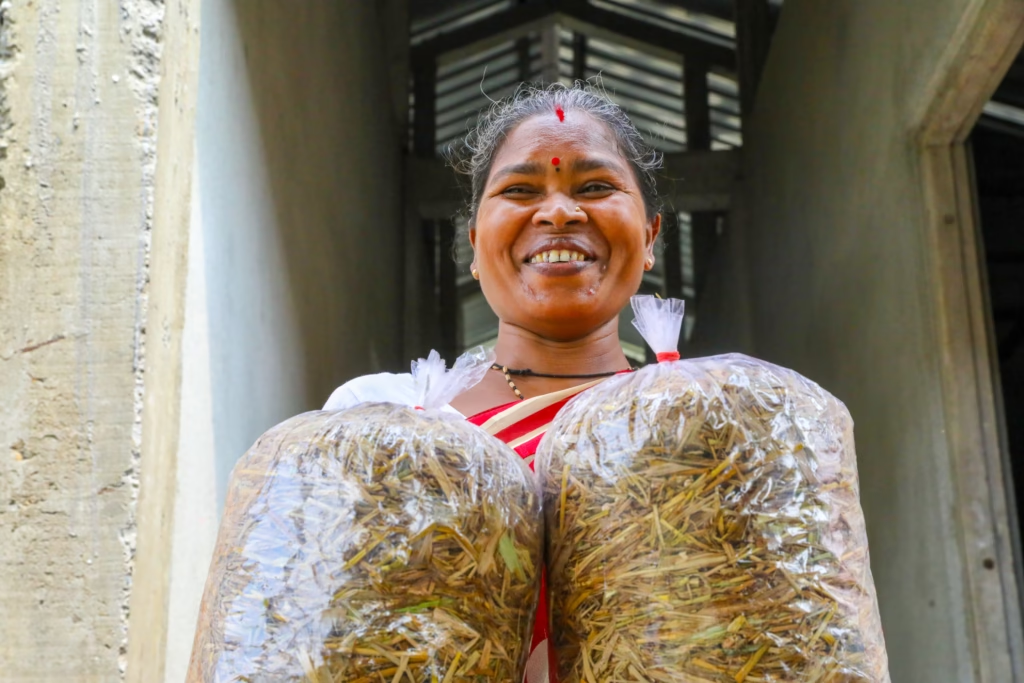
Telling Stories Through the Lens
Visually, we wanted the film to mirror this quiet transformation. We filmed silkworms up close as they spun delicate threads, and captured the rhythmic weaving process in motion. We showed the contrast of Pokhila’s modest photocopy centre tucked away in a rural lane now powered by solar panels and digital tools.
Visually, we wanted the film to mirror the quiet transformation in the region.
In chilli fields, the bright red Bhut Jolokia glowed under protective shelters. And in low-lit mushroom sheds, women carefully inspected the grow bags where mushrooms were beginning to take shape. Every frame was chosen to honour both tradition and transition.

A Quiet Revolution, On and Off Screen
What we tried to capture, more than anything, was this sense of rebuilding. Of people reclaiming their land, their skills, and their futures with Sanjog walking alongside them not ahead.
This project gave us a front-row seat to a quiet revolution one driven not by grand speeches, but by solar-powered sewing machines and flood-resistant farming. And while the film is just a few minutes long, it carries the weight of many journeys stitched together by persistence and quiet pride.
Assam changed us a little. Here’s what we learned:
1. On-camera confidence is rare. Most people freeze in front of a lens. The fix? Slow down. Work with field staff. Give people time to warm up.
2. The “big change” is often small. Solar panels on a photocopy shop. A mushroom shed lit by a single bulb. These details matter more than sweeping drone shots.
3. Your role is to hold space. The best stories come when you stop directing and start listening. That’s when hesitant voices turn powerful.
The result? A short film that shows rural communities reclaiming their skills, their land, and their future.
Let’s Keep the Story Going
If you work in the non-profit or development space and care about honest, grounded storytelling, our newsletter might speak to you. We share field notes like this one, small lessons from big filming days, and ways to tell stories that connect. Subscribe to hear more voices from the ground and learn how to share your own.

